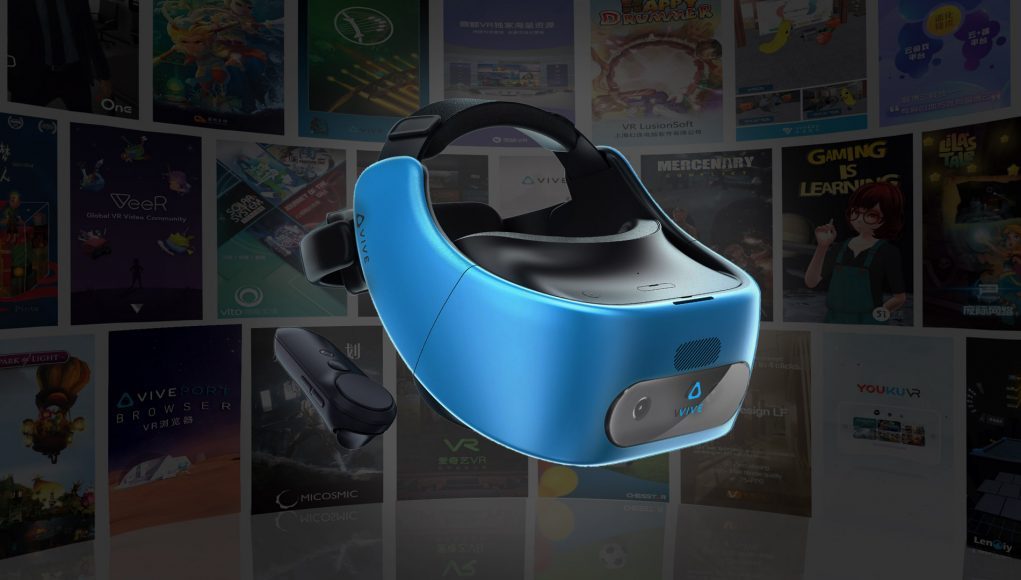Having initially announced that their Vive Focus standalone VR headset would operate as part of Google’s Daydream VR platform in 2017, HTC later scrapped those plans ahead of the headset’s recent launch in China under HTC’s own ‘Wave Vive’ platform. Recent comments from HTC’s Vive China President suggest that a Western release for the headset will likely hinge on its reception in China.
Speaking recently in an interview with VR enthusiast Antony “Skarred Ghost” Vitillo, HTC’s Vive China President, Alvin Wang Graylin, didn’t rule out a Western launch of the Vive Focus headset, but said that its reception in China would be an important factor in the decision to launch it in other markets.
“It’s something that we’re looking at very seriously, and once we have more clear market data in terms of how things are doing with the Chinese release, I don’t see any reason why we would not release it in the rest of the world,” Graylin said, prompted by a question regarding the headset’s chance of launching outside of China. “[…] it’s definitely our intent that if we have a good product then it should be available to as many users as possible.”
Having publicly canceled their plans to bring the headset to the Western market on Google’s Daydream platform, presumably, if the company launched the Vive Focus outside of China, it would be on their own Vive Wave platform. If that’s the case, it would be a significant shift in strategic posture, as it would put HTC in direct competition with both Oculus and Google on the mobile VR front, rather than allying with Google against Oculus.
A launch in the West would also see the Vive Focus specifically squaring up against both the Lenovo Mirage Solo—which is in many ways the same headset as the Focus, but based on the Daydream platform—and Oculus’ Santa Cruz, a forthcoming high-end standalone from Oculus that has so far only been shown as a prototype.
Even the Mirage Solo’s “under $400” price seems high for what’s on offer; with the Vive Focus priced at roughly $625 (converted from its Chinese price point), Vitillo naturally asked how HTC viewed the headset’s competitive standing.
“I don’t see these products as competing with each other. We’re in such an early stage in the industry right now that rather than seeing each other as competitors, I really see us as all […] pushing to help meet the needs of users who want to use VR, and make it as popular as possible,” Graylin dodged.
Casting an eye toward Oculus’ $200 Go headset and other low-cost mobile VR headsets, Graylin further said HTC wants the Vive brand to represent a certain level of experience.
“We’re not trying to be the price leader, we’re not trying to go and do the $200 range of product that has minimal features. We want to make sure that anybody that puts on a Vive, they know that they can expect the best experience that’s available at that category.”
– – — – –
Graylin also spoke with Vitillo about the Vive Pro, including some thoughts on its (yet revealed) price point and positioning within the headset market; the complete interview can be seen over at the Ghost Howls website.







